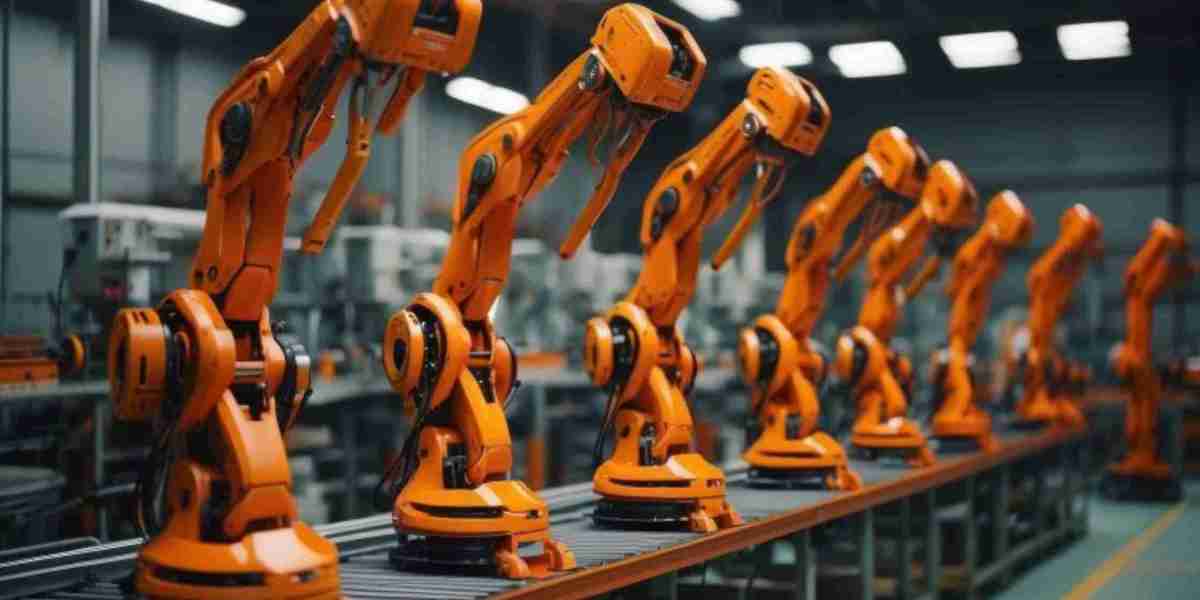Introduction
The aerospace industry is in a constant state of innovation, where the demand for lighter, stronger, and more fuel-efficient aircraft is ever-growing. Two critical pillars supporting this evolution are composite manufacturing and tooling engineering. Together, these technologies have transformed how modern aircraft are designed and built. Their synergy plays a vital role in delivering high-performance components for both commercial and defense aviation sectors.
Understanding Composite Manufacturing
Composite manufacturing refers to the process of combining two or more distinct materials to form a single product with superior properties. In the context of aerospace, these materials typically include a fiber (such as carbon or glass) and a matrix (such as resin or plastic). This combination results in lightweight yet strong structures that can withstand high stress and temperature variations.
Key advantages of composite manufacturing in aviation:
Weight reduction compared to traditional metals
Improved fuel efficiency
Corrosion resistance
Enhanced aerodynamic shapes
Modern aircraft like the Boeing 787 Dreamliner use composite materials for more than 50% of their structural weight, demonstrating the trust and reliance placed on this technology.
The Role of Tooling Engineering
Tooling engineering focuses on designing and building tools, molds, jigs, and fixtures that assist in the production of aircraft components. For composite manufacturing, precision tooling ensures consistent dimensions, surface quality, and repeatability during production.
Important functions of tooling engineering include:
Designing molds for curing composite parts
Ensuring tight tolerances for aerodynamic surfaces
Supporting efficient mass production
The success of composite manufacturing depends significantly on the accuracy and durability of the tooling used. A slight deviation can compromise structural integrity, making advanced tooling solutions essential.
Integration of Composite Manufacturing and Tooling Engineering
When composite manufacturing and tooling engineering work hand-in-hand, aerospace manufacturers achieve better scalability, quality control, and innovation. Tooling must accommodate the complex shapes and material behaviors of composite parts, requiring collaborative design strategies between material scientists and engineers.
Examples of this integration include:
Automated fiber placement machines that rely on precision tools for laying fibers
Autoclaves that use tailored tooling to ensure uniform pressure and temperature
Custom jigs and fixtures that help assemble composite sections with tight alignment
Challenges and Innovations
Despite the benefits, the integration of composite manufacturing with tooling engineering presents challenges such as high tooling costs, long development cycles, and the need for skilled labor. However, innovations continue to emerge.
Current advancements include:
3D printed tools using high-temperature polymers
Reusable modular tooling systems
Smart tooling with embedded sensors to monitor temperature and pressure during curing
These innovations not only reduce costs but also increase the adaptability and efficiency of the manufacturing process.
Applications in Next-Gen Aircraft
The role of these technologies is expanding in areas such as:
Urban air mobility vehicles
Hypersonic aircraft
Unmanned aerial systems (UAS)
These next-gen platforms require complex shapes, minimal weight, and high strength—making the composite manufacturing and tooling engineering combination indispensable.
Environmental and Economic Impacts
Using composite materials reduces the weight of aircraft, leading to lower fuel consumption and decreased greenhouse gas emissions. Meanwhile, precision tooling helps reduce waste and improve production efficiency, benefiting both the environment and the bottom line.
Conclusion
Composite manufacturing and tooling engineering together form the backbone of modern aerospace innovation. Their integration leads to the production of lightweight, efficient, and high-performing aircraft capable of meeting future transportation and defense challenges. As technology evolves, we can expect these disciplines to further enhance safety, speed, and sustainability in aviation.
By continuing to invest in and refine these technologies, aerospace companies will remain at the forefront of next-generation aircraft development, meeting global demand for smarter and greener air travel.




